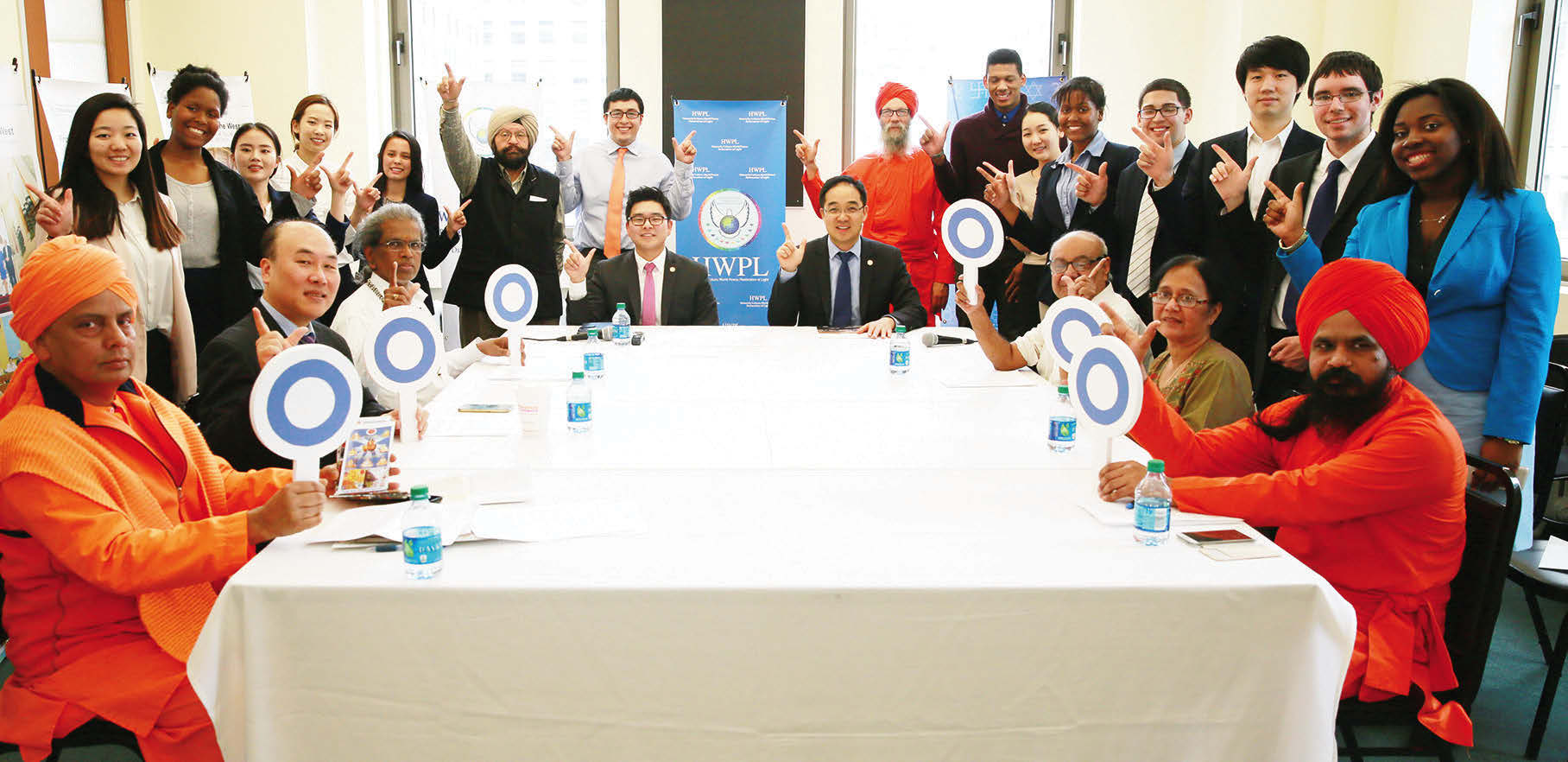
NEW YORK CITY, NEW YORK (TIP): To this monthly gathering, 8 religious members from the Hindu, Jain, and Christian faiths used their religious texts as a background to talk about “Animals.”
When asked about animals in the scriptures, one of the Hindu representative stated that, “In the scriptures there are two things, the body and the soul. The real thing is the soul, the body is temporary. Animals are not looked down upon but is worshipped if the god is with it.” The representative from the Jain faith quoted, “We don’t have animals in our scriptures. But we treat them as equal because we believe in karma.”
Another Hindu representative added, “There are many animals in our scriptures. But rather than worshipping the animal, we are showing respect. We do not worship the animal but we worship the divine god. There is a difference between worship, praise, and respect.” He further added, “There are also animals in our scriptures that are not real, like a seven headed snake.” The Christian representative explained that their scripture contains animals but is used to figuratively express the spiritual world. He mentioned that the Bible also contains a seven headed beast. The Hindu and Christian faith leaders both were able to find common grounds through their scriptures.
This supports the quote made by Mr. Yongmin Shin, U.S. East Coast Director, “In the WARP Office, each religious leader talks about a certain topic, not through their own opinion, but rather through their respective religious text.” He further added, “Every religion emphasizes peace. Our goal is to emphasize the common ground, not differences, so that we can build a peaceful community.”
In conjunction to the WARP Offices, current and former heads of state, chief justices and politicians are working diligently to create an international legal instrument for peace and the cessation of war that root from religious conflict. Last week on March 14, HWPL held its Proclamation Ceremony of the Declaration of Peace and Cessation of War and presented the ten articles of the Declaration of Peace and Cessation of War with the members of the HWPL International Law Peace Committee, chief justices of the Supreme Court, and ministers of justice from 16 nations in Seoul, South Korea.




Be the first to comment